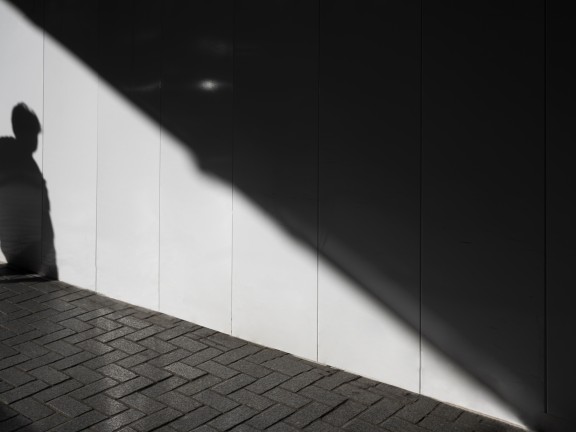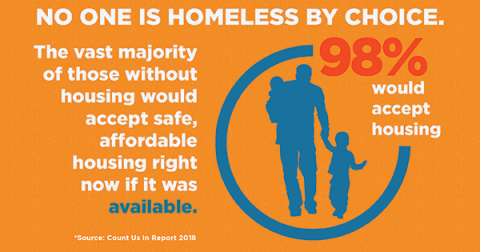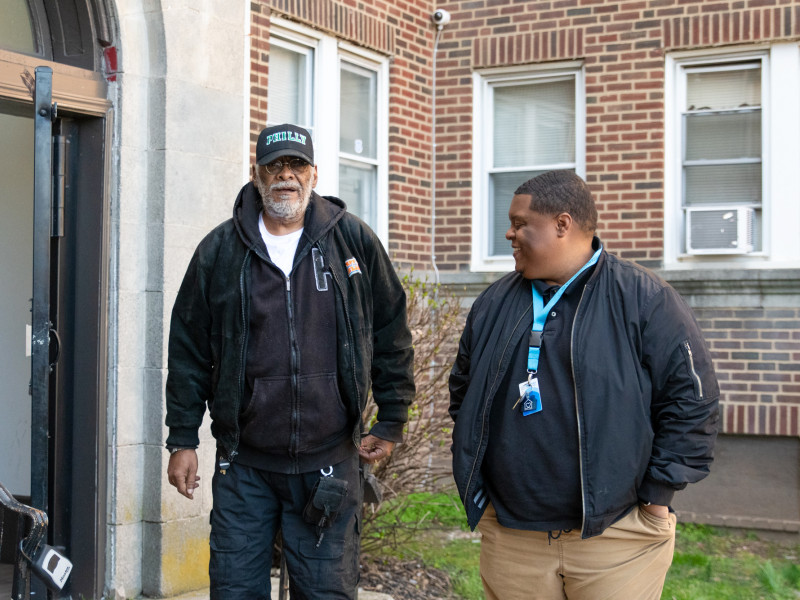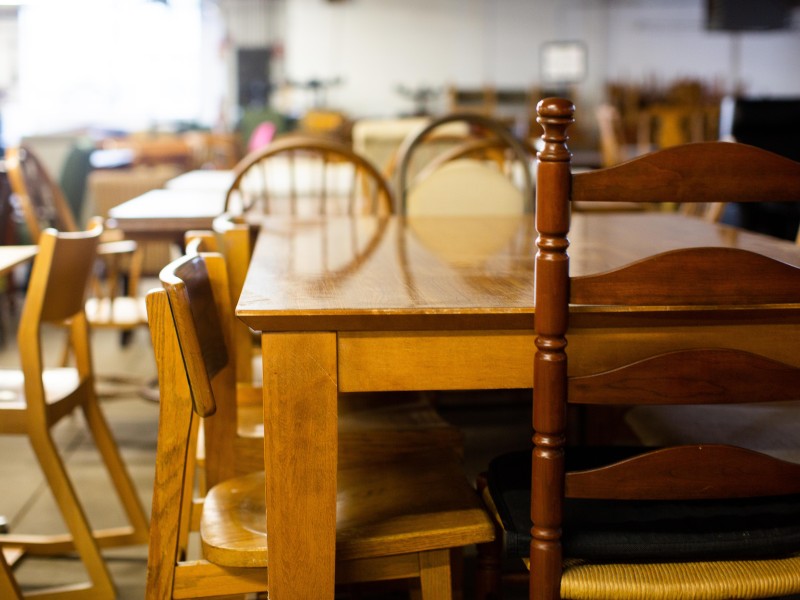Debunking Five Harmful Myths about Homelessness

Anti-homelessness laws and attitudes have been on the rise over the last few years. For this reason, it’s more important than ever to dispel the harmful myths pervading current discussions around homelessness and those experiencing homelessness.
First, it’s crucial to recognize that homelessness is not just those seen on the streets. Homelessness is a general term that describes someone who doesn’t have a permanent residence. This includes people who couch surf, folks living in their cars, and those in emergency shelter or transitional housing. And contrary to popular belief, homelessness is not just an issue in urban areas.
Myth #1: Homelessness is only an issue in cities/urban areas
While homelessness might be more visible in urban areas, it happens nationwide, from rural areas to cities and every suburb in between. A recent study by the Robert Wood Johnson Foundation found that 1 in 3 people in rural areas said homelessness is a problem in their local community. That notion is based on what they can see. Rural regions are usually widely spaced out, with heavy wooded areas and limited shelters. This makes it fairly difficult to get an accurate count on how many people are actually experiencing homelessness in those areas. Additionally, the end of pandemic aid programs and rising housing costs, while wages remain the same, are contributing to the homelessness rate across the U.S.
Myth #2: Those who sleep on the streets refuse help or shelter
The myth that people experiencing homelessness are “service-resistant” or that they refuse help has persisted for years. This idea is rooted in paternalism and is an incredibly harmful assumption. Paternalism is a practice, sometimes unconscious, that treats a person as though they lack the ability to make appropriate or “good” decisions for themselves. It assumes that we know what is best for someone but in reality, we don’t. There is usually a reason as to why someone would refuse shelter or service. A majority of shelters do not accommodate couples, women with children, folks with pets, or anyone that works the night shift. This excludes a large portion of those experiencing homelessness. For those who would be accepted, shelter environments are often reported to be unsanitary and unsafe. This coincides with a nationwide shortage of shelter beds, complicating the situation even further.
Myth #3: Homeless individuals are dangerous or violent
This is another incredibly harmful myth that only reinforces incorrect stereotypes about those who don’t have a place to call home. A Violence and Victims journal study not only found this myth to be false, but actually found the opposite. Those who experience homelessness are more likely to be the victims of violence rather than the perpetrators. Older folks, women, and the chronically homeless are at an even higher risk to be the victim of a crime. There is one exception to this, and that is with camping ordinances. People who are homeless are breaking the law just by being homeless. Additionally, it’s hard to gather accurate data about violence against homeless folks as they’re far less likely to be reported.
Myth #4: All homeless people are addicts
While some experiencing homelessness also suffer from substance use disorder, why does that make it okay to generalize or judge a whole group of people? It is estimated that 1/3 of the homeless population suffers from substance use disorder. There are a variety of reasons as to why folks become homeless in the first place, and it’s usually by no fault of their own. In a University of California Irvine cost study, researchers found that the main factors leading to homelessness are as follows:
- 40% Securing or retaining jobs with sustainable wages
- 36% Finding or retaining affordable housing, including evictions/foreclosures
- 30% Mental or physical health struggles
- 28% Family issues, including domestic violence, death of a family member, etc.
And finally only 22% suggested substance use issues were a part of the reason they are homeless. If anything, substance use is exacerbated by being homeless. Providing stable housing is a proven method to help stabilize folks and support them in their individual recovery.
Myth #5: Homelessness is a choice & they should just get a job
As already discussed, there are clearly many reasons to lead to someone becoming homeless. The myth that homelessness is a choice comes from the belief that being homeless is a moral failing rather than a result of circumstances and structural issues. To some, being homeless is the result of individual bad choices, so then the person should just be able to “pull up their boot straps” and change their situation. It’s a whole lot more complicated than that. While many experiencing homelessness would greatly welcome a job opportunity, their current circumstances aren’t conducive for getting and retaining employment. First, they have no permanent address and limited access (if any) to a shower or clean clothes. Without reliable internet or transportation, simply applying for a job is incredibly difficult, if not impossible.

Overall, the myths that exist about homelessness are generalizations of a more complex reality. Every individual experiencing homelessness has a unique journey, facing their own set of challenges each day. It’s important to recognize there is much more going on beyond the surface. It’s up to us to think more critically about these myths and advocate for positive change in our communities. Challenge stereotypes and correct misconceptions when you encounter them. Education is a key step toward building empathy and fostering positive change.


